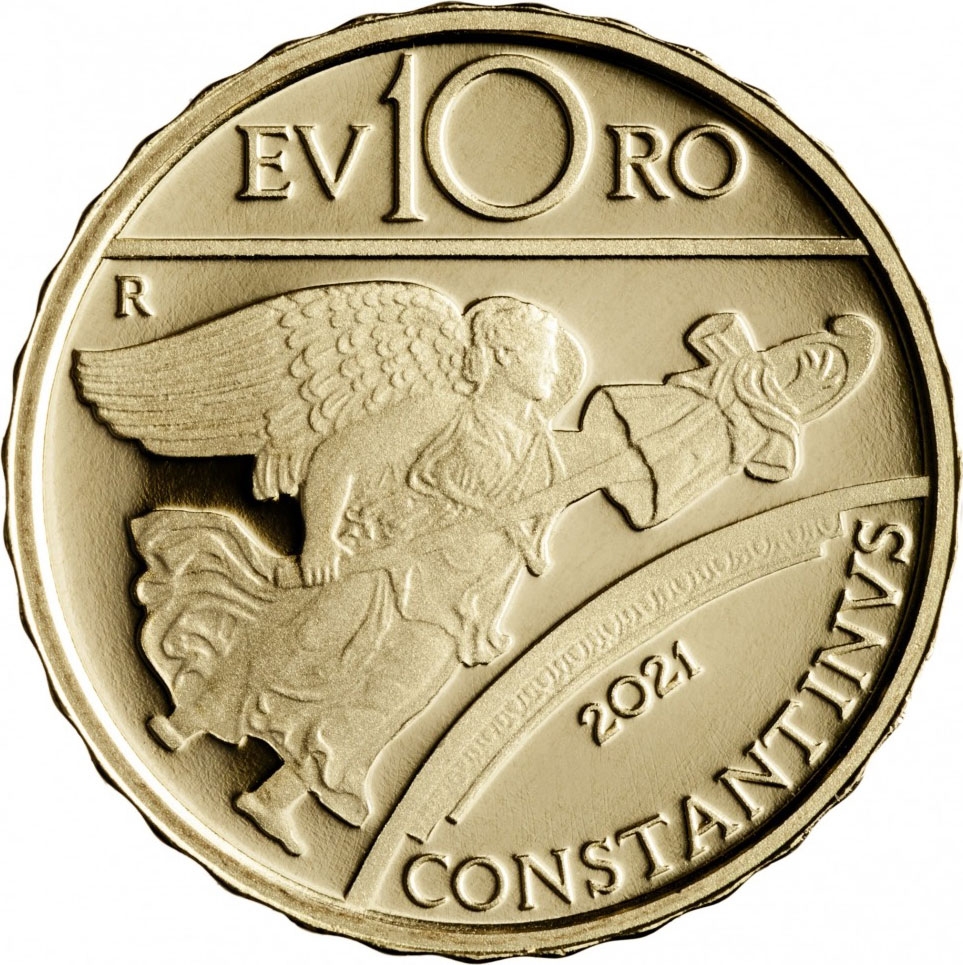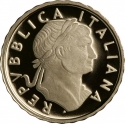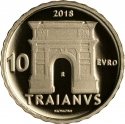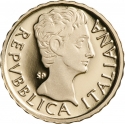You are about to finish your registration. Please check your mailbox (including spam folder). There should be a letter with a confirmation link. Check setting to make sure that your e-mail address is correct.
Send letter againDescription
Constantine I (c. 272 – 337), also known as Constantine the Great, was Roman emperor from AD 306 to 337, and the first to convert to Christianity. Born in Naissus, Dacia Mediterranea (now Niš, Serbia), he was the son of Flavius Constantius, a Roman army officer of Illyrian origin who had been one of the four rulers of the Tetrarchy. His mother, Helena, was a Greek Christian of low birth. Constantine served with distinction under the Roman emperors Diocletian and Galerius. He began his career by campaigning in the eastern provinces (against the Persians) before being recalled in the west (in AD 305) to fight alongside his father in Britain. After his father's death in 306, Constantine became emperor. He was acclaimed by his army at Eboracum (York, England), and eventually emerged victorious in the civil wars against emperors Maxentius and Licinius to become the sole ruler of the Roman Empire by 324.
Upon his ascension to emperor, Constantine enacted numerous reforms to strengthen the empire. To combat inflation, he introduced the solidus, a new gold coin that became the standard for Byzantine and European currencies for more than a thousand years. The Roman army was reorganized to consist of mobile units (comitatenses) and garrison troops (limitanei) which were capable of countering internal threats and barbarian invasions.
He built a new imperial residence at the city of Byzantium and renamed it Constantinople (now Istanbul) after himself. It subsequently became the capital of the empire for more than a thousand years, the later Eastern Roman Empire being referred to as the Byzantine Empire by modern historians. His more immediate political legacy was that he replaced Diocletian's Tetrarchy with the de facto principle of dynastic succession by leaving the empire to his sons and other members of the Constantinian dynasty.
Artist: Uliana Pernazza
Obverse

|
Depicts a head of Constantine from the colossal marble statue coming from the apse of the Basilica of Maxentius in Rome and displayed in the Palazzo dei Conservatori, seat of the Musei Capitolini. Around, the inscription "REPUBBLICA ITALIANA" and the legend "IN HOC SIGNO VINCES" (In this sign thou shalt conquer); in exergue, the name of the designer "U. PERNAZZA". REPVBBLICA ITALIANA |
|---|---|
Reverse

|
Depicts the Winged Victory, a detail from the Arch of Constantin. The value above, the mintmark (R) on the left, date below. EV 10 RO |
| Edge |
10 Euro
Roman Emperors
Constantine the Great
Subscribe series
KM#
Roman Emperors
Constantine the Great







